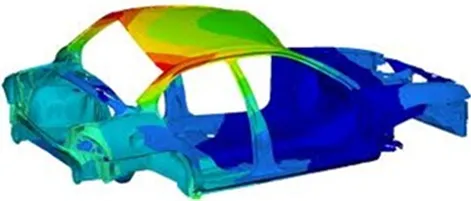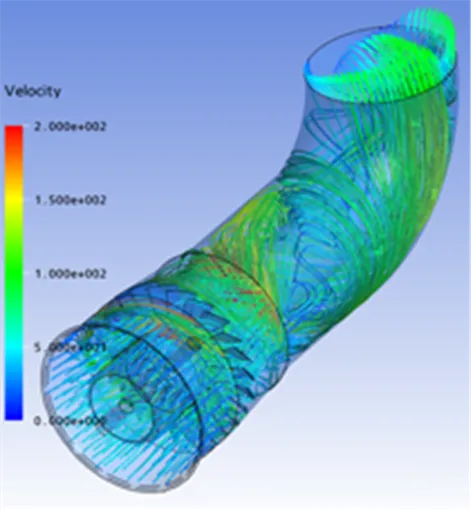Durability Analysis
Automotive††††††††††††††††††††††

● Design more reliable transmissions, drivelines and axles
● View the whole gearbox as an interacting and flexible system
● Predict gear, bearing and shaft life-times in the design concept phase
● Accurately and efficiently compare complex gearbox arrangements or concepts such as AMT, DCT, Hybrid and CVT
● Reduce gearbox weight by using component strength
● Minimize noise and vibration by influencing the transmission error
● Identify the weak points in the whole system under realistic load conditions
● Consider the impact of manufacturing tolerances in the concept design phase
● Improve the bearing choice by unique accurate prediction of bearing behavior
● Interact with dynamic solutions for your full vehicle design
● Predict the affects of generators/e-engines on the gears and its components in your hybrid system
Wind turbine

● Understand and benchmark operating load and extreme load scenarios
● Design gearboxes to meet life-time targets
● View the gearbox as one complete system, without the need for sectioning and sectional boundary conditions
● Analyze the behavior of complex planetary systems within the whole system
● Accurately predict loads, deflections and interactions of all components
● Calculate detailed bearing behavior to identify excessive loads
● Direct loads or reduce misalignments to improve the system quality
● Predict load sharing in the fully flexible system instead of assuming load sharing factors
● Reduce weight and cost without reducing component lifetime
● Minimize noise pollution caused by transmission error
Aerospace

● Improve reliability for critical parts
● Reduce gearbox weight
● Predict bearing behavior under extreme load and climate conditions
● Optimize gearbox size
Off-highway

● Design heavy duty transmissions
● Accurately represent multi-gear mesh situations
● Optimize gearbox weight without compromising durability
● Predict system behavior under misuse conditions
● Compare different lubrication situations
● Precisely define micro-geometries to avoid edge-loading of teeth under extreme load conditions
● Consider split-torque system load
Industrial equipment
● Design for improved reliability in process machinery, material handling, power take offs, speed reducers and production line equipment
● Improve accuracy of high precision machinery by understanding and predicting system and component deflections
● Reduce failures in gears and bearings due to precise prediction of misalignments
Consumer and office appliance

● Optimize weight and size of power tools, food processors, washing machines, printers and photocopiers
● Improve product quality by reducing unwanted deflections
● Predict changes of working accuracy over a productís life
● Design casings that fulfill the requests for look and function simultaneously without wasting material
● Consider new materials for new or existing product concepts
● Create technical documentation for certification